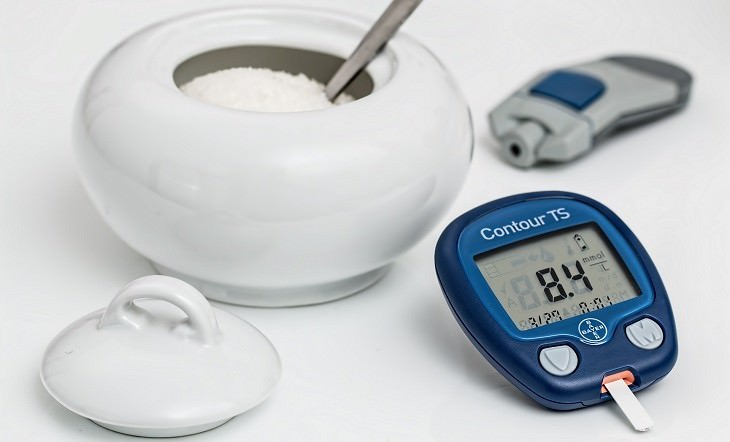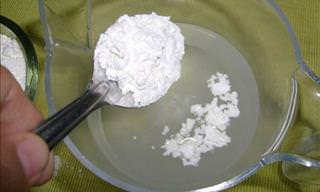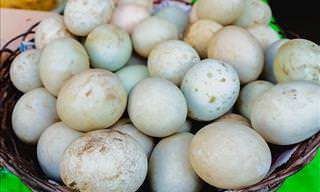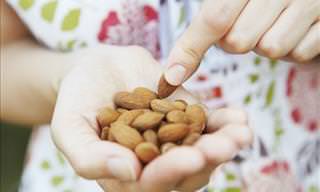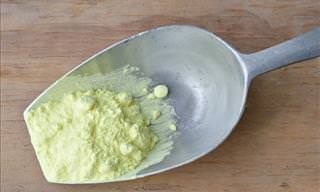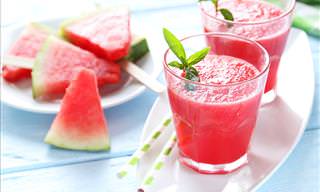How is resistant starch different from regular starch?
To understand how resistant starch works, we need to look at starch in general first. As we mentioned above, starch is a carbohydrate consisting of numerous glucose units. It is produced by most green plants as energy storage. In the human diet, starch is found in staple foods like potatoes, maize (corn), rice, and wheat which makes it the most common carbohydrate we consume. Despite being made up of glucose, starch doesn’t taste sweet. In fact, pure starch is a white, tasteless, and odorless powder.
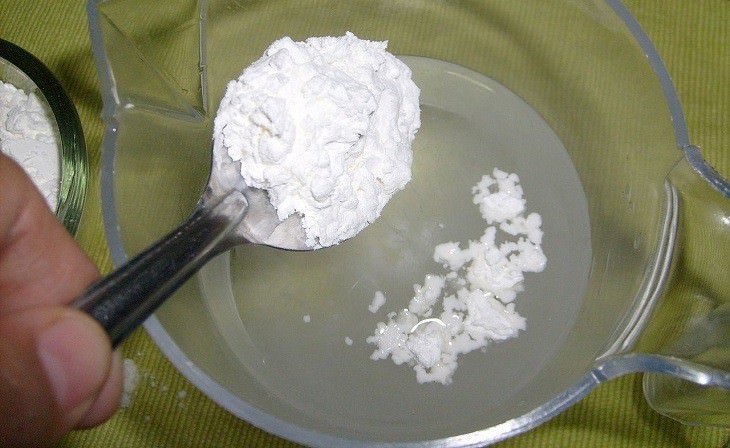
When we eat starchy foods, enzymes found in the mouth, stomach, and small intestine break down the starch into sugars. This is where resistant starch differs. It is a chain of glucose that falls under the umbrella of starch, but it passes through the digestive tract unchanged, similarly to insoluble fiber. It goes through your stomach and small intestine undigested, eventually reaching your colon where it feeds your friendly gut bacteria. There’s no formal recommendation for a daily intake of resistant starch, but health benefits were observed in studies where participants took between 20 and 45 grams per day.
1. Promotes weight loss
Firstly, resistant starch consists of half the calories found in normal starch (2 calories per gram instead of 4), which means that the more resistant starch a food item contains the lower it is in calories. Moreover, several studies have shown that resistant starch acts as insoluble fiber, as it fills up space in the stomach and intestines, furthering the sensation of being full and reducing appetite. The consumption of this carbohydrate also increases the appetite-reducing hormone peptide YY, which creates a feeling of satiety. According to a 2013 study, it even stimulates fat burning, however, more research is needed to support this claim.
2. Promotes gut health
The fermentation of resistant starch increases gut acidity, which, in turn, improves the absorption of nutrients and suppresses the growth of harmful bacteria. One of the byproducts of fermentation is a short-chain fatty acid called butyrate, which is essential for providing energy to colon cells and promoting the health of the large intestine.
3. May prevent colon cancer
Like other dietary fibers, resistant starch is known to play an active role against colon cancer. It protects colon lining cells and suppresses tumor growth by increasing short-chain fatty acids and supporting gut probiotics, as shown in several studies on rats with colorectal cancer.
4. Improves insulin sensitivity
Resistant starch potentially reduces the risk of developing type 2 diabetes by improving insulin sensitivity, reducing blood glucose, and reducing blood fat levels. People with low insulin sensitivity also referred to as insulin resistance, will require larger amounts of insulin either from their own pancreas or from injections in order to keep blood glucose levels stable.
Low insulin sensitivity is not just a major risk factor for diabetes, but for several other serious conditions, like heart disease and Alzheimer’s as well. Note that if you suffer from low insulin sensitivity it doesn’t necessarily mean that you need to start eating foods rich in resistant starch in excess. Consult a health care provider on how to incorporate it into your individual diet.
Foods Rich in Resistant Starch
Most of the carbs you consume, such as those in grains, pasta, and potatoes, are starches. However, only a few foods naturally contain high amounts of resistant starch. These are the ones you want to look out for:
Oats: Oats are one of the most convenient and efficient ways to add resistant starch to your diet. Being a whole grain, they are also high in antioxidants. 100 grams of cooked oatmeal flakes may contain around 3.6 grams of resistant starch. Letting your cooked oats cool for several hours (or even overnight) will increase the resistant starch content even more.
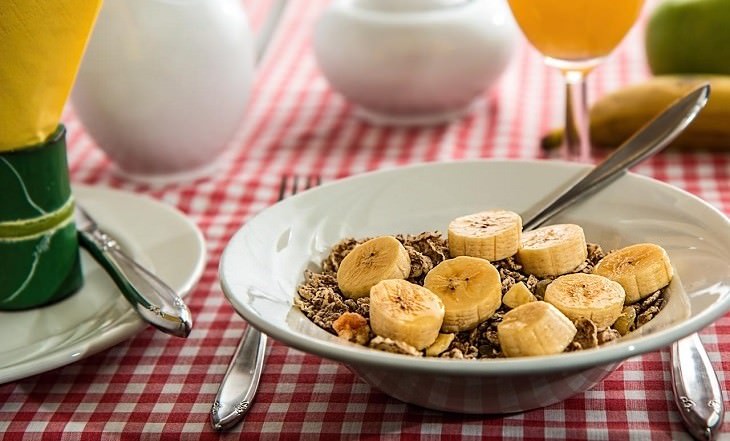
Cooled rice: Rice is a kitchen staple that is low in cost, easy to prepare, and can be stored over long periods of time. In fact, the resistant starch content continues increasing with the period of time the rice is left to cool, so preparing a large batch saves time and piles on health benefits. While there is resistant starch in all types of rice, brown rice may be preferable to white rice due to its higher fiber content.
Beans and legumes: Beans and legumes provide large amounts of fiber and resistant starch. This category includes black beans, soybeans, garden peas, and more. Most of these options contain 1–5 grams of resistant starch per 100 grams.
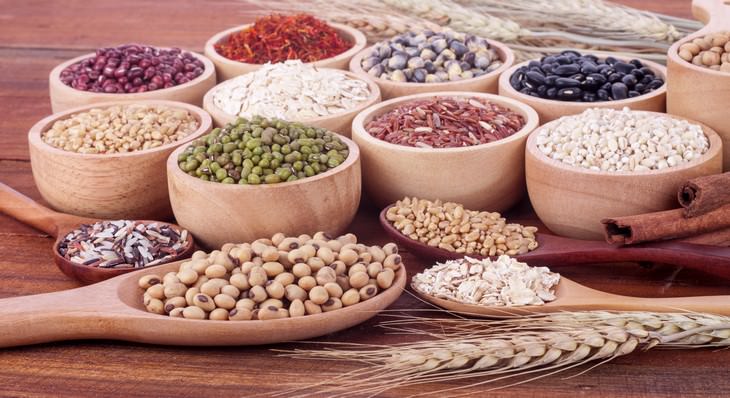
Cooked and cooled potatoes: If prepared correctly and left to cool, potatoes become a good source of resistant starch. However, it is lost if you reheat the potatoes. To get the most resistant starch out of them, opt for dishes like potato salad, a cool quiche, or a Nicoise salad.
Related: How to Make a Healthy and Delicious Potato Salad
Green bananas: Both green and ripe bananas are a healthy form of carbs and provide other nutrients such as vitamin C and fiber. However, as the bananas ripen the resistant starch transforms into simple sugars such as glucose and sucrose. Therefore, you should aim to buy green bananas and eat them within a couple of days if you want to maximize your resistant starch intake.
If you found this article interesting, pass it on to family and friends
 Go to BabaMail
Go to BabaMail






